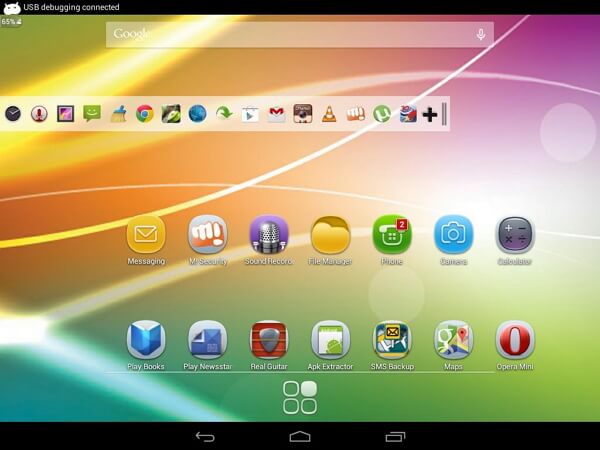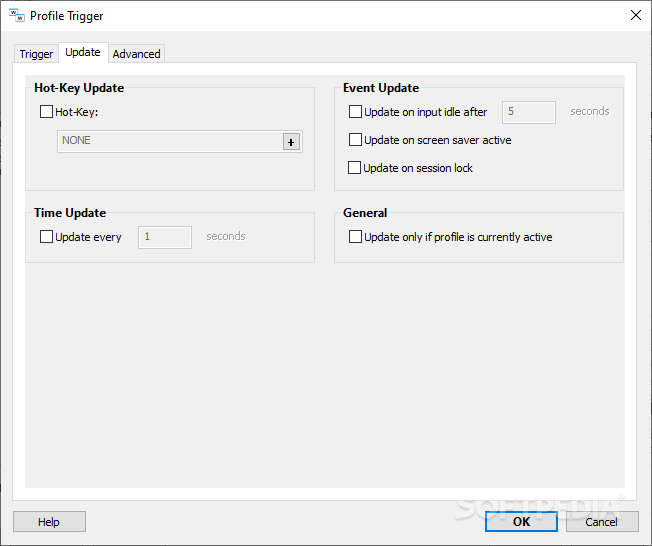
- #Windowmanager typephone portable
- #Windowmanager typephone android
- #Windowmanager typephone software
- #Windowmanager typephone series
- #Windowmanager typephone windows
#Windowmanager typephone windows
Microsoft's first Windows CE (Pocket PC) smartphones are introduced.UIQ is first released, at v2.0, on Symbian OS, and becomes available later in the year on the Sony Ericsson P800, the successor to the Ericsson R380.BlackBerry releases its first smartphone, running Java 2 Micro Edition (J2ME).September – Qualcomm's Binary Runtime Environment for Wireless (BREW) platform on their REX real-time operating system (RTOS) is first released on the Kyocera QCP-3035.
#Windowmanager typephone series
June – Nokia's Symbian Series 80 platform is first released on the Nokia 9210 Communicator This is the first phone running an OS branded as Symbian, and the first phone using that OS that allows user installation of additional software.

#Windowmanager typephone portable
#Windowmanager typephone android
Android and iOS currently dominate 80% of the market share of mobile operating systems worldwide. However, variations occur in popularity by regions, while desktop-minority also applies on some days in countries such as United States and United Kingdom. Thus traditional desktop OS is now a minority-used kind of OS see usage share of operating systems. Mobile operating systems have majority use since 2017 (measured by web use) with even only the smartphones running them (excluding tablets) having majority use, more used than any other kind of device. Research has shown that these low-level systems may contain a range of security vulnerabilities permitting malicious base stations to gain high levels of control over the mobile device.

#Windowmanager typephone software
Mobile devices, with mobile communications abilities (e.g., smartphones), contain two mobile operating systems – the main user-facing software platform is supplemented by a second low-level proprietary real-time operating system which operates the radio and other hardware. Android alone is more popular than the popular desktop operating system Microsoft Windows, and in general smartphone use (even without tablets) outnumbers desktop use. Nonetheless, although not as many as 2018 (1.56 billion), 2021 still had soaring sales, 1.43 billion to be exact with 53.32 percent being Android. In Q1 2018, over 123 million smartphones were sold (highest ever recorded) with 60.2 percent running Android and 20.9 percent running iOS. Mobile operating systems combine features of a desktop computer operating system with other features useful for mobile or handheld use, and usually including a wireless inbuilt modem and SIM tray for telephony and data connection. Key notabilities blurring this line are the introduction of tablet computers and light-weight laptops and the hybridization of the two in 2-in-1 PCs. This line distinguishing mobile and other forms has become blurred in recent years, due to the fact that newer devices have become smaller and more mobile unlike hardware of the past. While computers such as typical/mobile laptops are "mobile", the operating systems used on them are generally not considered mobile ones, as they were originally designed for desktop computers that historically did not have or need specific mobile features. For a list, see Comparison of mobile operating systems.Ī mobile operating system is an operating system for smartphones, tablets, smartwatches, smartglasses, or other non-laptop personal mobile computing devices.


 0 kommentar(er)
0 kommentar(er)
